Design thinking - Three observations from the coal face
By: David McGowan, Nomad
We’re finally running design thinking properly and we have clients to thank for that.Maybe I lost you at “Design Thinking” but you’re still reading because I’m giving kudos to clients?I cringe a bit when I hear buzzwords coming out of me – “agile”, “innovation” and now “design thinking”.However, this one has had a genuinely positive impact for our business and I think a few observations from the front line might be interesting for people.
So, here’s just 3 things I’ve noticed putting design thinking into practice at Nomad.
Do user testing
The Robinsons are coming to dinner but you don’t know if they’re vegans, lactose intolerant or just not hungry.Should you spend more money on groceries and cook an extra few meals to accommodate their potential needs, or just call them and ask like a sane person would?
User testing isn’t finishing the build and then testing to make sure people like it, it’s testing the idea, each feature and functionality regularly from day one to make sure that when you do show the finished solution, there’s no surprises.
Clients add scope because they’re trying to cover all their bases, they fear that the solution we’re creating might not be enough for their audience or the business. Scope creep sets in and then it’s a crushing battle over time and budget. Testing basic versions with real users shows us that they don’t need the bells and whistles.Users like the basic version, but would like the logo smaller.
In the past, we saw user testing as a luxury the client couldn’t afford and the project scope couldn’t handle.We were idiots.Of all the great things in design thinking, user testing has had the highest positive impact.We can stop fluffing about documenting why it will/won’t work or just get on and build it to find out for sure.Crazy right?!
“We want this 5 step sign up process because we think users will want a promo code in 2 weeks.” If we don’t know for sure, then it’s a hypotheses.
For us, user testing starts in the first week of the project.We can prioritise features by the level of ambiguity and risk they hold in answering user requirements.“Build to test, test to build” means we’re constantly removing ambiguity and zeroing in on what users actually need.
We test new prototypes each week, resulting in live video replays of people interacting and talking about what we’ve made.Every week, I’m genuinely stunned at my own ignorance and subjectivity.However, the speed of prototyping and insights gained means we can test and validate more scope.
All this results in a manageable scope level with proven value to users.We’re building solutions with less features and more value.It also means that as an agency, we’re not burdened with getting the scope perfect in isolation and the cost of risk mitigation that goes with it.
Competition is fuelling design thinking
We’ll always have a healthy rivalry with our neighbouring digital agencies, but they’re not the real competition anymore.Competing forces are coming from outside our industry; consultancies are extending their offerings, cheap suppliers are offshoring and clients are building internal teams.It’s forced us to evolve beyond a traditional digital agency towards a Design Firm style, but it’s only recently that this has become viable.
Internal and consultancy lead education has empowered clients with an understanding of design thinking.With this shift, clients have built in-house teams and helped fuel internal innovation while also highlighting that sometimes it’s best to bring in experts rather than DIY.The experts aren’t going to be the cheap shops offshoring, it needs to be local teams with proven experience.
Now that our clients are educated in design thinking, we can finally implement it properly without the training wheels of legacy Waterfall hoops the client’s Finance Director needs us to jump through.
Client education drives the work
After a weekend attempt to construct a DIY retaining wall in my backyard, I realised I was a bit limited by my Youtube education. Actually, it was my wife that realised it for me.I didn’t really see it until professional landscapers finished 3 weeks of work.
This is the tipping point I think we’re approaching in Australia with design thinking.We’re increasingly meeting clients with a level of understanding that values the process and the team of experts to apply it.Design thinking is a systematic shift in behaviour.It embraces ambiguity and uncertainty with action, prototyping and iteration.You need the shift before you can start the work.
This shift to design thinking means client engagement processes have evolved and we’re able to sell in a team of experts for a block of time rather than a scope commitment of hypothetical features and functionalities that users might want.
The result is that we can run the design thinking process in collaboration with clients.Outputs start in the first week with immediate prototypes being tested with users, giving clients tangible working outputs to showcase internally.
What’s next?
There’s so much more to talk about, and I think that’s what’s next really.The ground swell of client and agency maturation for the design thinking process is still in its infancy.Continued education and knowledge sharing will drive us all further to refine and improve the process and ultimately great work that people love to use.
